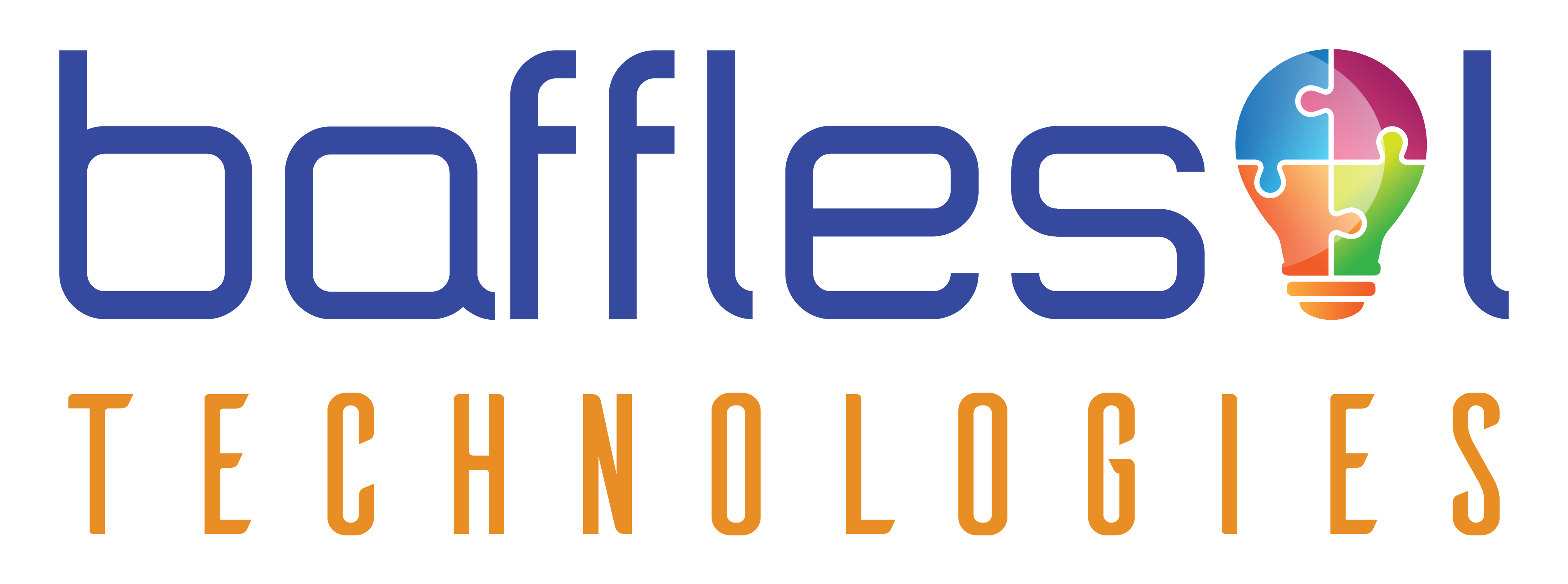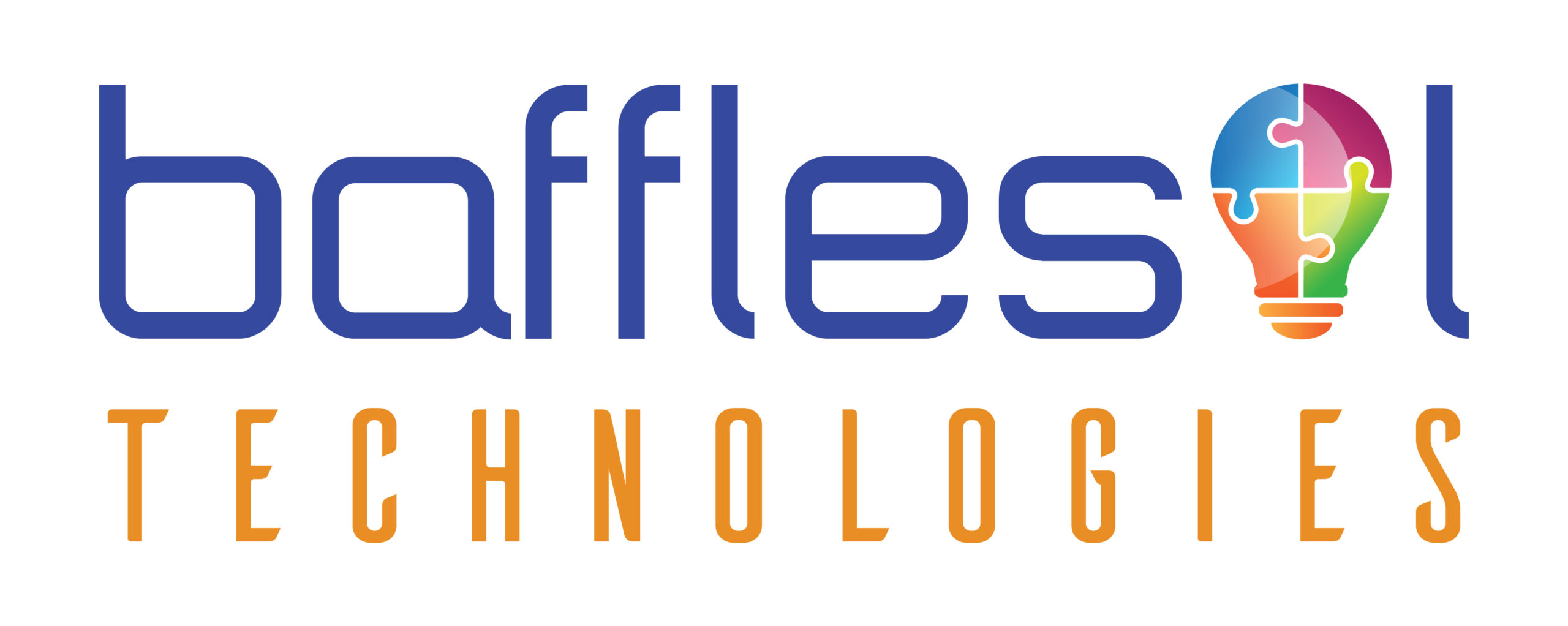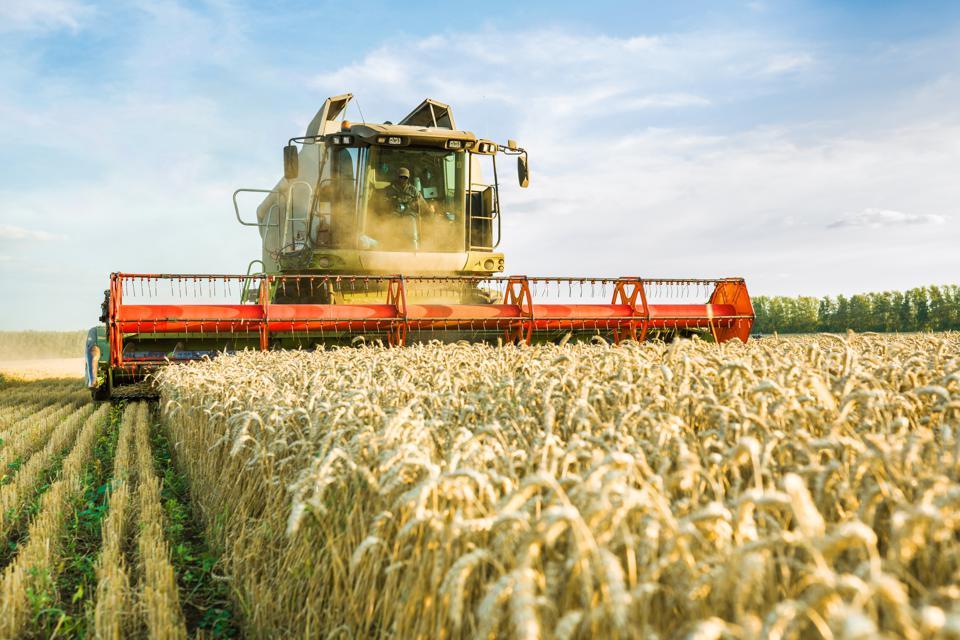COVID has made this world a different place altogether. Last year with China shutting down, supplies were majorly impacted, and then production worldwide with lockdowns resulting in end consumer in these value chains equally affected. Even before Covid-19, price fluctuations, taxes, and regulations were already heaping stress on traders with few trading margins and discouraging profitability. And to add to distress, post-COVID trade restrictions, shortage of raw materials, oil prices dipping suddenly, and gold a record high saw the commodity world facing more challenges. The farming industry is least affected so far; however, the higher the duration of its outspread, severe the impact shall be. But it is expected to have a long-lasting effect.
Potentials impacts are –
- Increased transportation cost
- Localization of certain industries
- Fear of lack of imported commodities has led to discoveries of alternative local products, which has in return increased the price
Though governments opt to have new monetary and fiscal policies, there is a growing need to improve supply chain efficiency, remote operating mechanisms, and optimize asset value through improved and automated operational performance to protect margins.
Companies have realized that Covid-19 has been the tipping point, and there is a need to update and go for digital transformation big bang. To have business continuity solutions, particularly on the cloud, workflow engine, and quick to implement is a way forward. Below are few emerging trends which shall need support from technology service providers for enablement –
1) Localization in hubs will become an emerging trend. This shall help eliminate single-source dependency, which means we will have to create a flexible supply chain system, which helps integrate many logistic hubs and give real-time pictures of available products. Automated systems should also provide flexibility to define return policies for different hub spots. Lastly, commodity companies also need to adopt alternative procurement sources and shall require a feasibility analysis of the comparison between cost and supply chain convenience.
2) To cover the risk of demand and supply, the organizations should start creating contingency plans to cater to the rush in need for essentials and understand suppliers’ ability to supply materials with quality standards and timeliness. Technology would have to be empowered with the Common Data Platform to extract, process, and analyze data from centralized platforms to help management plan.
3) Retailers would need to review the locations of Delivery Centres to understand risks by geography to enable last-mile delivery. For those with exports and global operations, assessing export plans of different countries analyze risks associated with each destination is essential to ensure flow planning under restrained resources. Companies should also consider technology solutions that offer digital ordering and last-mile delivery capabilities with demand for home delivery at record levels.
4) Cyber Attacks worldwide have become scary and have forced many companies to reconsider their digital transformation initiatives. Supply Chain will need to undergo this stress test as the latest trend of the centralized system comes into play. In 2020, Accenture indicated that 40% of cyberattacks originated from the supply chain with various 3rd party software. This makes it very important to have a central system that is well monitored and gives complete visibility of the whole network, including third parties.
The economic turmoil caused by the pandemic has exposed many vulnerabilities in supply chains and raised doubts, but behavior changes in the way commodities are handled can shift the scenario. The supply chain should become more adaptive, easy to forecast and give behind the scene scenarios. The end goal should be to have technology backed by humans to have agility in business solutions. Technology solutions like AI, ML, CTRM With ERP will undoubtedly play a pivotal role in evolving commodity trading over the years to come.



